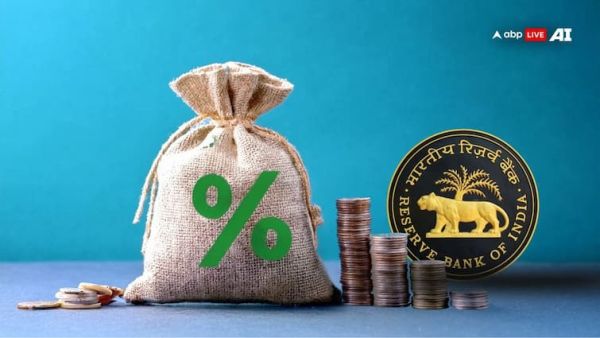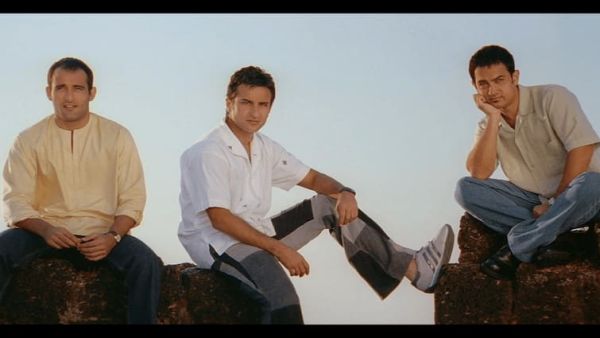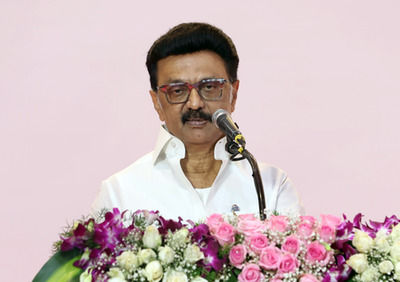Farewell to Hulk Hogan: The Impact of Terry Gene Bollea on Dwayne Johnson, John Cena, and the Transition of WWE to Hollywood
```htmlHulk Hogan has passed away. For countless individuals globally, including myself, this marks the conclusion of a significant chapter. Hogan succumbed to cardiac arrest at the age of 71. With his imposing stature, vibrant persona, and distinctive blonde horseshoe moustache, Hogan's entry into WWE (formerly WWF) in 1983 was the beginning of an extraordinary journey that few anticipated. As one of the most recognizable figures in the realm of professional wrestling worldwide, Hogan's iconic phrase "Whatcha gonna do when Hulkamania runs wild on you?" became a rallying cry for youth everywhere. Hulkamania was in full swing, with fans, or Hulksters, found in every neighborhood, until Hogan made the leap to Hollywood!
While Terry Gene Bollea certainly leaves behind a monumental legacy of wrestling spectacles – including body slams and leg drops – he also bequeaths a cinematic legacy that transformed how professional wrestlers could step beyond the ring. While today's audiences may cheer for Dwayne ‘The Rock’ Johnson or John Cena as they dominate the film industry, it was Hogan who unlocked the door to Hollywood, entering with unparalleled charm and paving the way for a new era for wrestling icons.
Also Read: Hulk Hogan Dies At 71 Of Cardiac Arrest: 8 Films That Featured Iconic Wrestling Legend
Hulk Hogan And The Emergence of a Cultural Phenomenon
In the early 1980s, when Hulk Hogan became part of WWE, he was more than just another wrestler - he embodied professional wrestling itself. Clad in his signature red-and-yellow attire, with a larger-than-life character and that magnificent moustache, he became the emblem of Vince McMahon’s WWF (now WWE) during its explosive national growth. At the height of Hulkamania, Hogan was a household name, a symbol of American heroism and entertainment.
In 1982, Hogan achieved his breakthrough Hollywood role as Thunderlips in Rocky III, sharing the screen with Sylvester Stallone. Although the part was short-lived, it set the stage for Hogan’s ability to shine beyond the ring, blending his in-ring theatrics with the allure of Hollywood charisma. This was the first step in his cinematic journey.
How Hogan Established the Framework
Throughout the late 1980s and into the 1990s, Hulk Hogan continued to explore opportunities in both film and television. He starred in lead roles in No Holds Barred (1989), Suburban Commando (1991), and Mr. Nanny (1993). While these films may not have garnered critical acclaim, they solidified Hogan’s image as a family-friendly action-comedy star - a wrestler who was both strong and relatable, capable of headlining films and drawing audiences outside the wrestling arena – simultaneously reinforcing Vince McMahon’s legacy in the wrestling industry.
Hogan was among the pioneers in professional wrestling to develop a media persona that extended well beyond the ring. By creating a mainstream entertainment brand, he secured numerous endorsements, laying the foundation for the multi-platform success that others like The Rock and John Cena would later master.
How The Rock and John Cena Followed the Path Paved by Hulk Hogan
When Dwayne ‘The Rock’ Johnson began his transition to Hollywood in the early 2000s, after a highly successful wrestling career, he was not the first wrestler to attempt this. However, he was the first to achieve sustained, blockbuster success. A significant part of his success can be attributed to the cultural legacy left by Hulk Hogan.
Subsequently, John Cena would embark on a similar journey in the 2010s, also owing a debt to Hogan’s early Hollywood ventures. From action films like The Marine to comedies such as Blockers and Peacemaker, Cena's adaptability reflects Hogan’s initial efforts to connect with diverse audiences.
However, unlike Hulk Hogan, both Dwayne Johnson and John Cena have had the advantage of entering an entertainment landscape that is more accepting of wrestlers as legitimate actors — a transformation that arguably began with Hogan’s grand entrance into Hollywood.
Hulk Hogan: A Cultural Pioneer
While cinema critics may not celebrate Hogan’s filmography, his influence is undeniable. In a time before streaming services and franchises, Hulk Hogan demonstrated that a wrestler could lead a film, build a brand, and most importantly, blur the lines between sports, entertainment, and cinema. His movies helped foster public recognition of wrestlers beyond the ring, paving the way for future stars to evolve from athletes into superstars.
One could also argue that Hogan’s films, despite their shortcomings, may have even taught Hollywood how to effectively harness a wrestler’s charisma on-screen and construct narratives around physical presence and emotional simplicity.
With the passing of Hulk Hogan, the realm of wrestling entertainment has undeniably lost one of its most remarkable performers. Yet, Hollywood must also acknowledge the man who first envisioned that a wrestling ring could serve as a launchpad rather than merely a mat for ‘1-2-3’. Terry Gene Bollea may be gone, but Hulkamania lives on – not only in the hearts of fans but also in every wrestler-turned-actor who has made that transition.
The next time The Rock headlines a summer blockbuster or John Cena appears in Peacemaker Season 2, remember that it all started with Hulk Hogan flexing his way into films, shattering stereotypes, and allowing Hulkamania to truly run wild.
```
Read more









